UPDATED AUGUST 25, 2025
In previous lessons, we discussed all kinds of leather types and leather craftsmanship. In the last two lessons, we'll move on to leather maintenance and care. In this post, we focus on how to rescue old and moldy leather.
Leather Learning Series
This post is part of our "Leather 101" educational series. We're sharing everything we know about our favorite material!

Jump to Section
What You Need to Revive and Repair Leather
If you find a thrift shop treasure or just realize you've been neglecting your gardening gloves, don't despair at a little mold or excessive stiffness: if it's full grain or top grain vegetable-tanned leather, it can be revived with a simple treatment or two using items you probably have in your house already.
This post is focused on vegetable-tanned leather because that kind of leather will last a lifetime (or more) if cared for properly. As discussed in previous lessons, bonded, genuine, and suede leathers are not meant to last for the long haul and damage is likely irrecoverable. Consult a specialist for those kinds of leathers.
In this lesson, we tell you how to clean and rejuvenate old and moldy leather, both from our personal experience and from the recommendations of the archivists at the US Library of Congress.
Depending on the extent of the damage, you may need the following things:
- Several clean rags
- White kitchen vinegar or bleach
- Unscented gentle soap, like Dr. Bronners castile or mild dish soap
- Leather conditioner (which has waxes in it) or neutral unscented oils, like neatsfoot oil, mineral oil, or olive oil
Treating Leather with Mold and Mildew
Mold and mildew are difficult to remove once it has happened, and it may leave a permanent stain. The best you can do is disinfect, clean, and then condition. Follow these instructions:
- Disinfect: Dilute plain white kitchen vinegar 1:1 and spray or apply it to saturate the moldy area with a clean rag (inside and out). If it's particularly bad and the situation is desperate, you can use 1:16 diluted bleach instead. White vinegar or bleach should kill mold spores.
- Clean: Dilute plain, unscented, gentle soap (like unscented dish soap, or castile soap like Dr. Bronners) 1:10 with water. It should not be sudsy. Clean the mold away with this solution (inside and out) using another clean rag.
- Dry thoroughly: Put it in a completely dry place (dehumidified if necessary depending on your climate) and leave enough time for it to completely dry out.
- Condition: To replace the oils and waxes lost by both the mildew and the disinfecting process, apply a light coat of leather conditioner with another clean rag. Do not lay it on thick. If it is on too thick, then the leather can't breathe and this will re-encourage mold conditions.
- Rest: Let the conditioner soak in a few hours, up to overnight.
- Buff: Return a mellow glow and ensure a light coat by rubbing in the conditioner with another clean rag.
- Re-condition if needed: Perform steps 4 through 6 again, several times, if necessary, until leather no longer looks dry.
- Going forward: Don't be shy in handling the leather regularly - the oils in your hands help keep it conditioned. Allow it to dry out regularly in a low humidity environment. Avoid storing it in a dark and damp place. If it starts to look dry, re-condition it, at least once every year or two.

Rejuvenating Old and Stiff Leather
Old vegetable-tanned leather treasures found in thrift shops can be rejuvenated with a simple conditioning treatment - such as old suitcases or baseball gloves.
The steps are the same as for moldy and mildew leather except there is no need to disinfect. And if it's not especially dusty or dirty, there's no need to clean it either.
If the leather is stiff, several conditioning treatments may be needed, and it may be necessary to physically move, fold, and crease the material to "wake it back up again."
- (Optional) Clean: If the leather is dirty, dilute plain, unscented, gentle soap (like unscented dish soap, or castile soap like Dr. Bronners) 1:10 with water. It should not be sudsy. Clean the mold away with this solution (inside and out) using another clean rag.
- Dry thoroughly: Put it in a completely dry place (dehumidified if necessary depending on your climate) and leave enough time for it to completely dry out.
- Condition: To replace the oils and waxes lost by both the mildew and the disinfecting process, apply a light coat of leather conditioner with another clean rag. Do not lay it on thick. If it is on too thick, then the leather can't breathe and this will re-encourage mold conditions.
- Rest: Let the conditioner soak in a few hours, up to overnight.
- Buff: Return a mellow glow and ensure a light coat by rubbing in the conditioner with another clean rag.
- Re-condition if needed: Perform steps 4 through 6 again, several times, if necessary, until leather no longer looks dry.
- Going forward: Don't be shy in handling the leather regularly - the oils in your hands help keep it conditioned. Allow it to dry out regularly in a low humidity environment. Avoid storing it in a dark and damp place. If it starts to look dry, re-condition it, at least once every year or two.

Lesson #10 at the Walnut Workshop
House-made Leather Conditioner
So many leather care products have unknowable or unnatural ingredients. So we make our own in-house Leather Conditioner in small batches.
Our recipe uses only natural, historic, and time-tested ingredients, like beeswax and pine resin.
Next Lesson
You can prevent leather rescue with regular handling and use of the leather, and with an occasional leather maintenance treatment.
In our next and last lesson, we'll discuss the various leather care products, and invite you to give leathercrafting and leather repair a try.
Leather Learning Series
This post is part of our "Leather 101" educational series. We're sharing everything we know about our favorite material!
- Lesson 1: Leather Basics
- Lesson 2: Leather Sources
- Lesson 3: Leather Processing
- Lesson 4: Leather Tanning
- Lesson 5: Recap: The "Best" Leather
- Lesson 6: Leather Finishes
- Lesson 7: Leather Variability and Product Quality
- Lesson 8: Recap: The "Most Sustainable" Leather
- Lesson 9: Vintage Leather in the Store
- Lesson 10: Leather Rescue and Rehabilitation
- NEXT -->Lesson 11: Leather Care and Crafting
Get the full series delivered to your inbox in one email per day for 11 days:
Sign up for the email series >>>



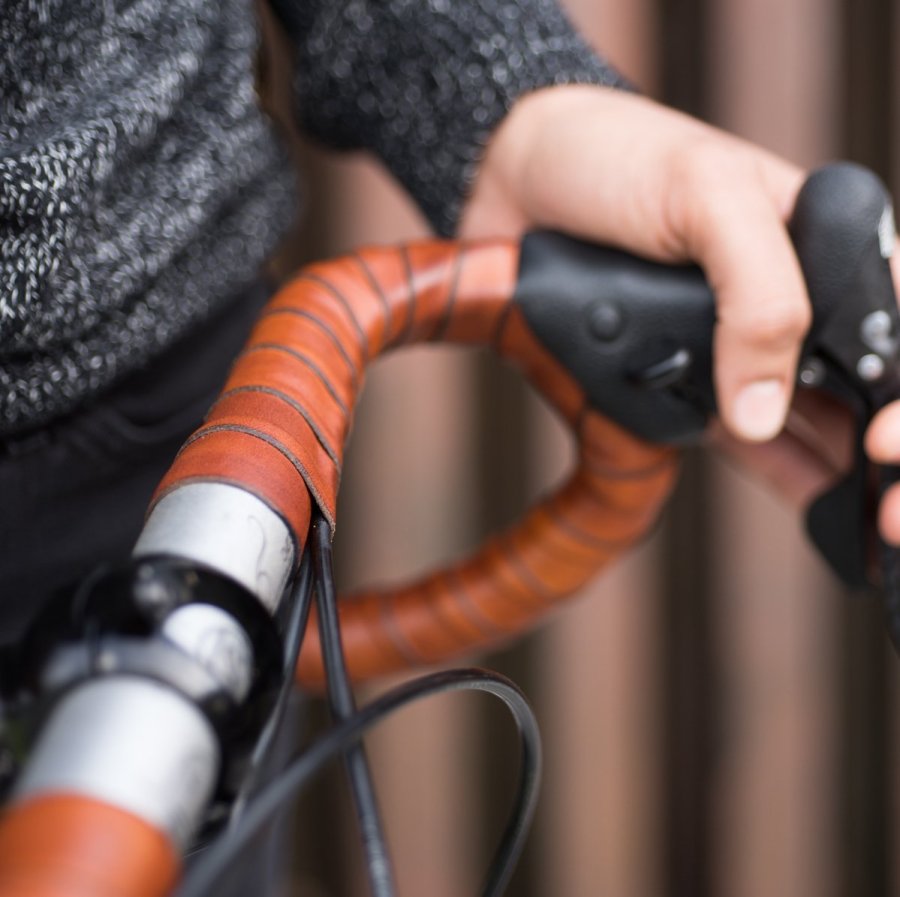
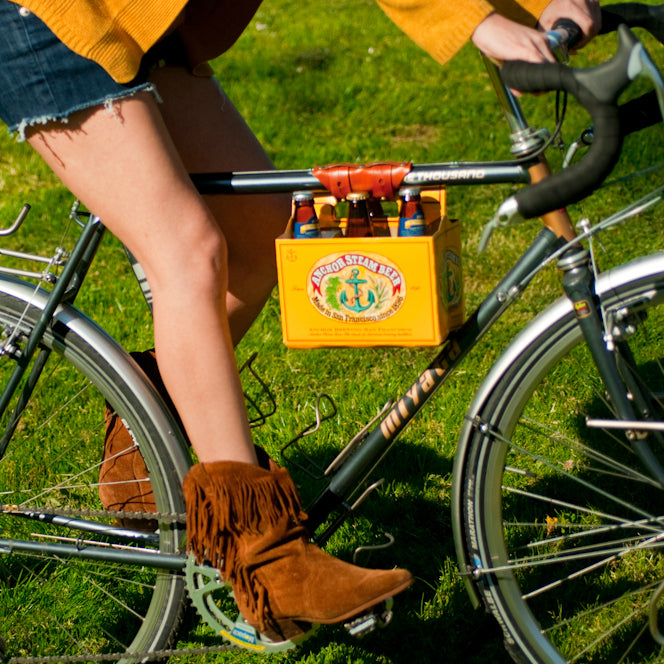
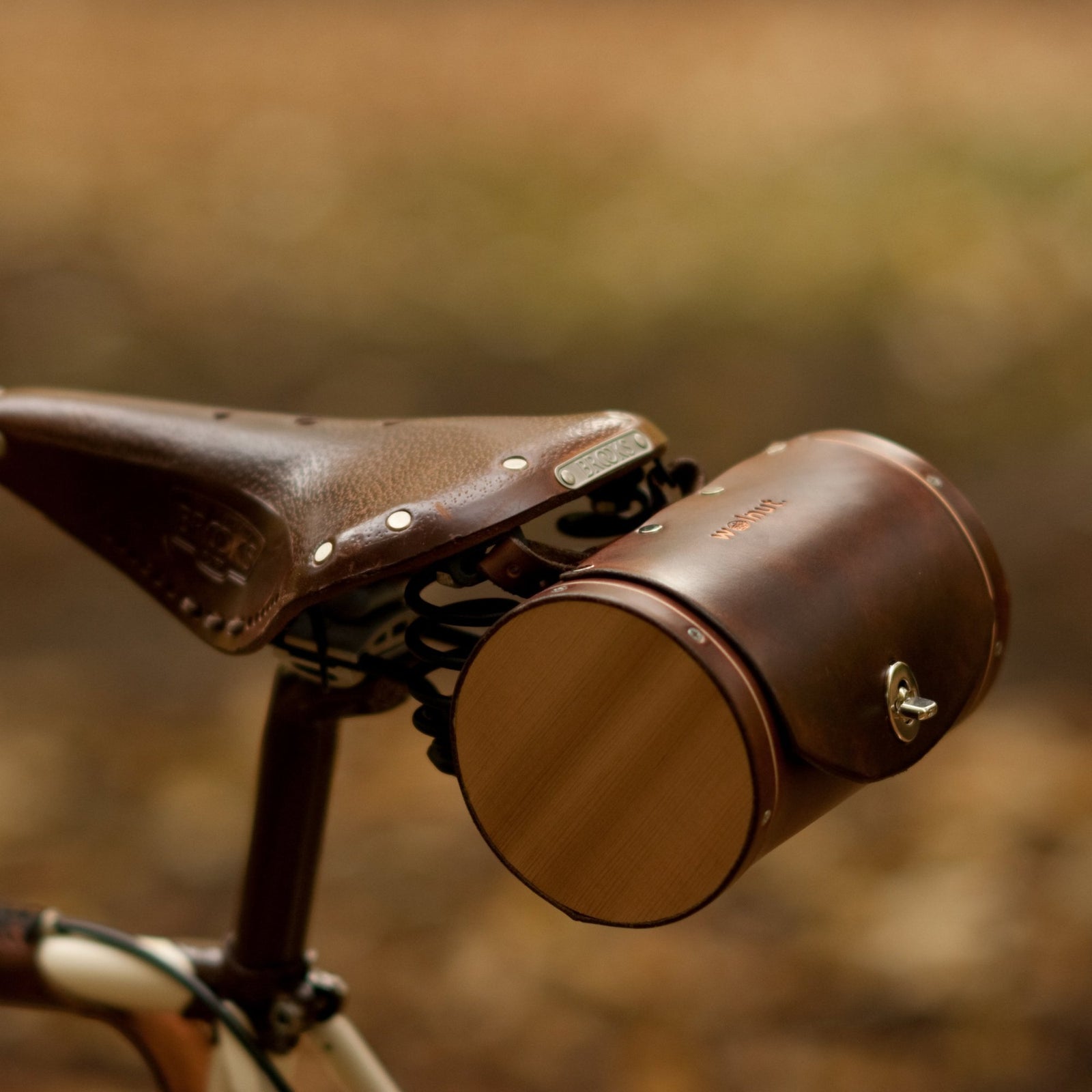
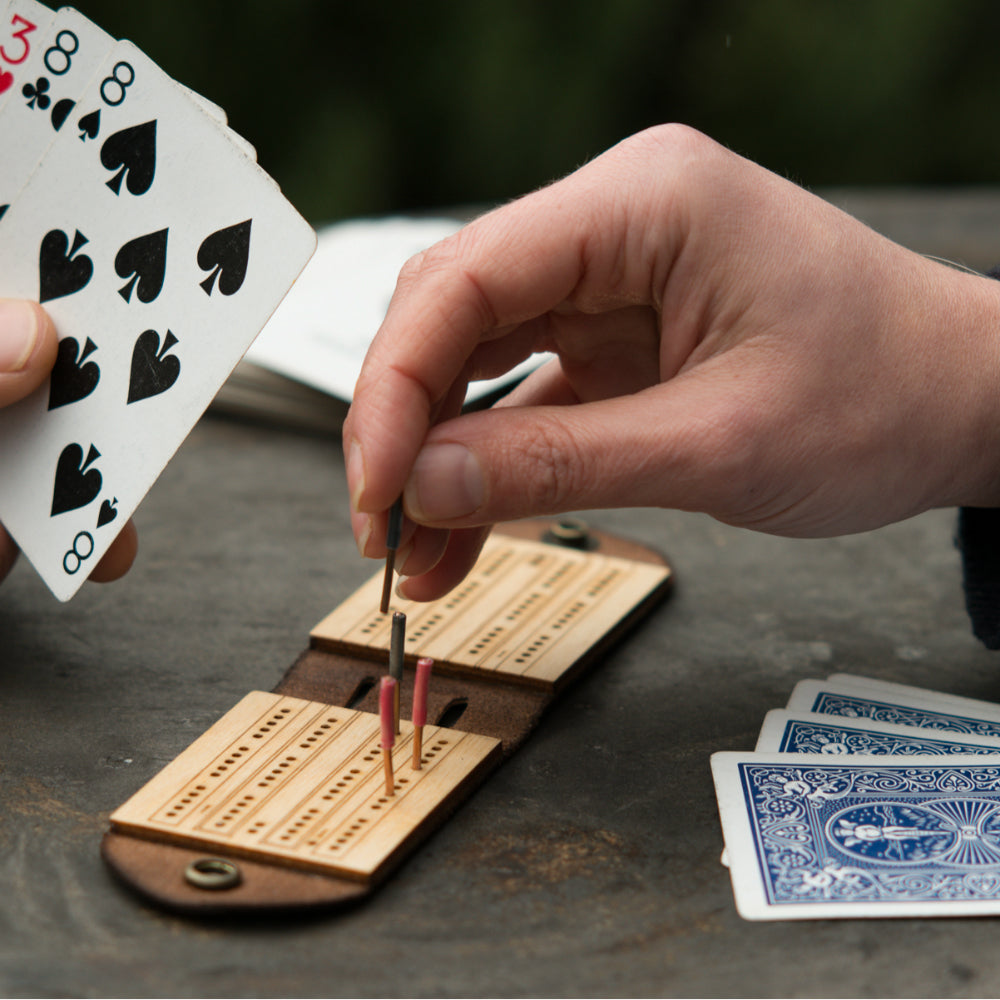
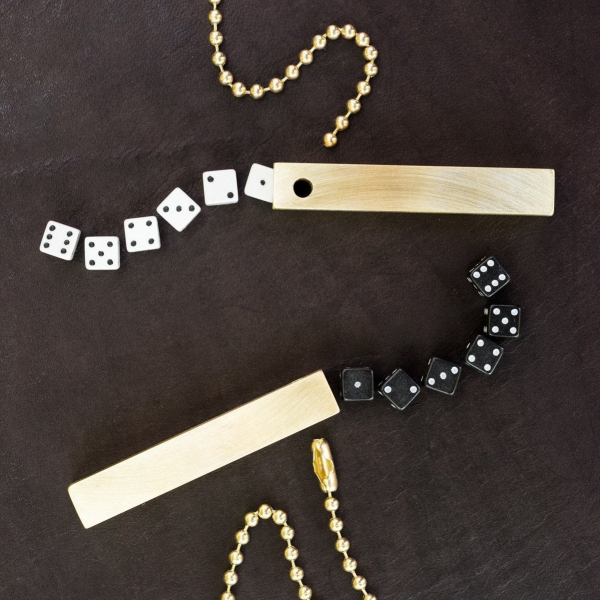
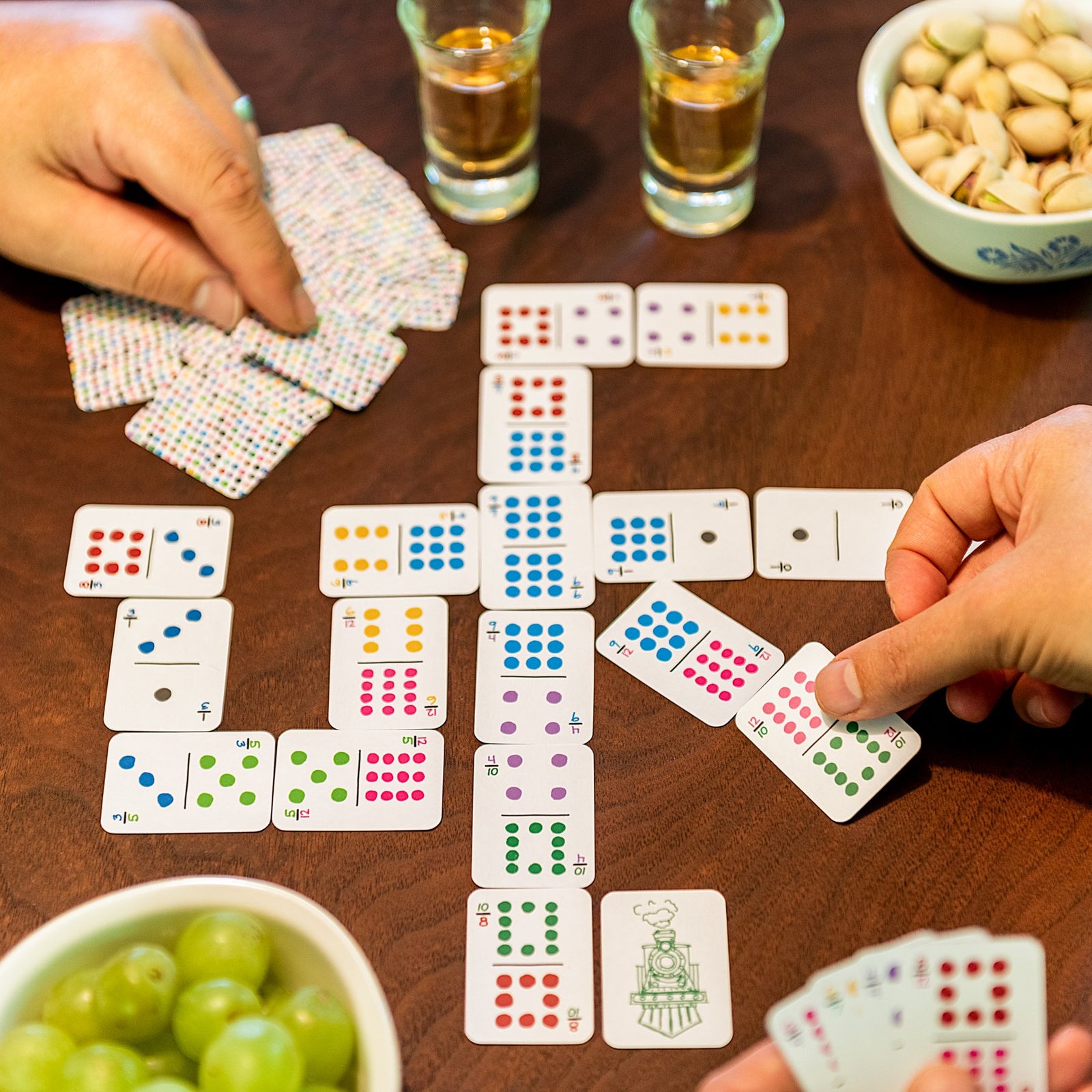
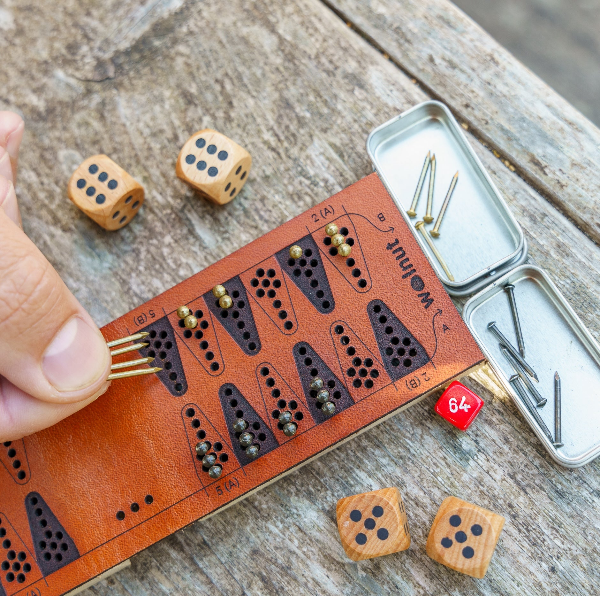
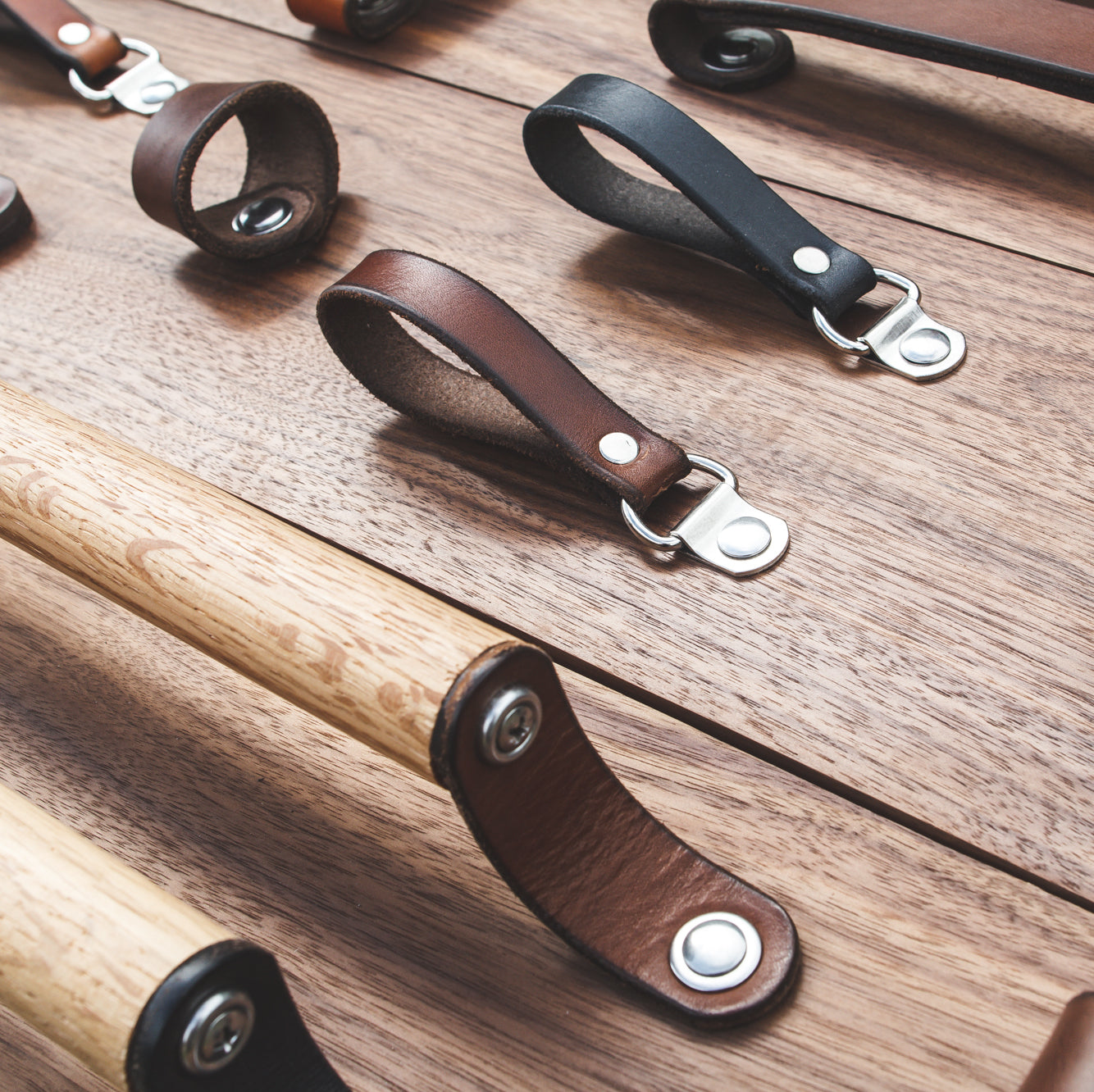

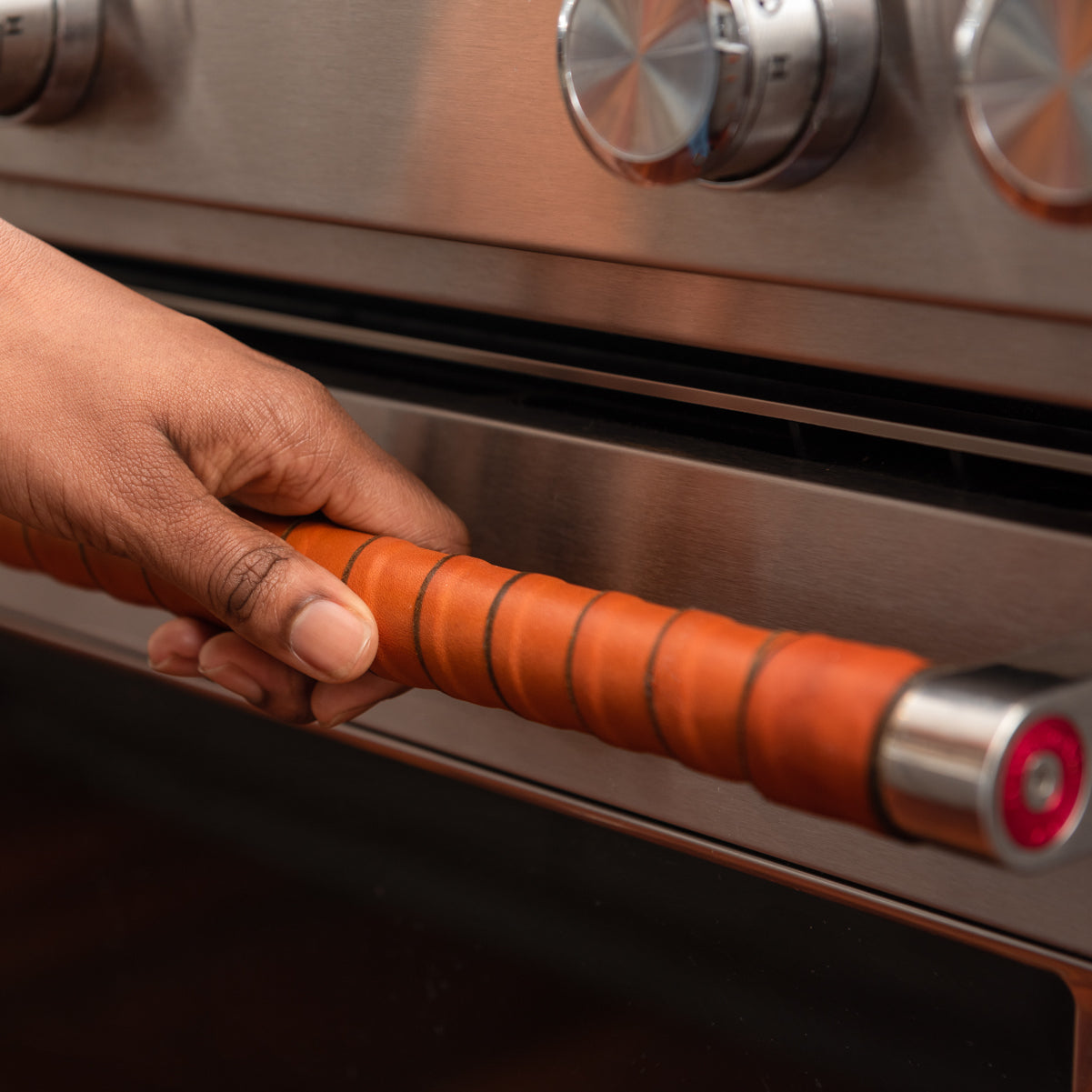
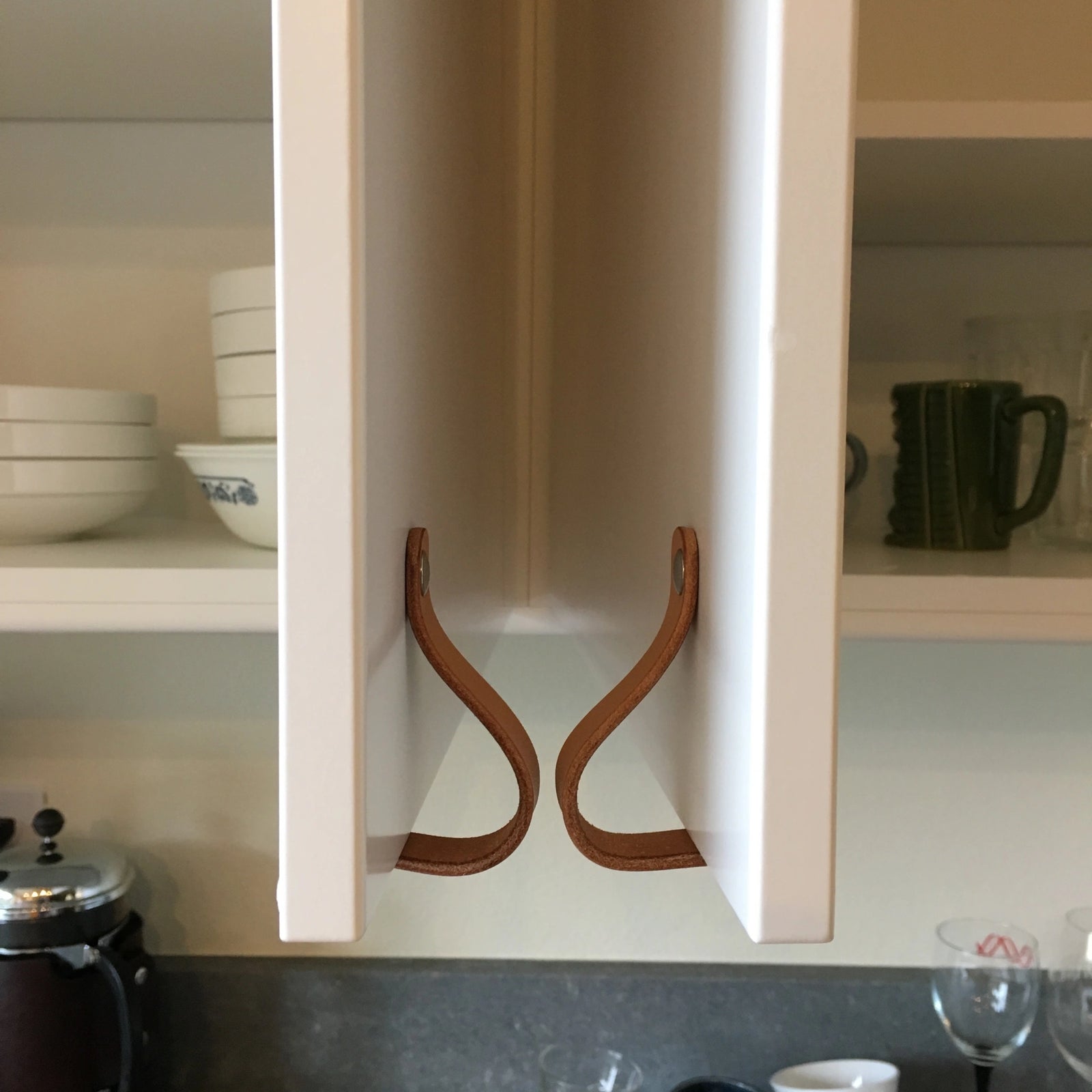
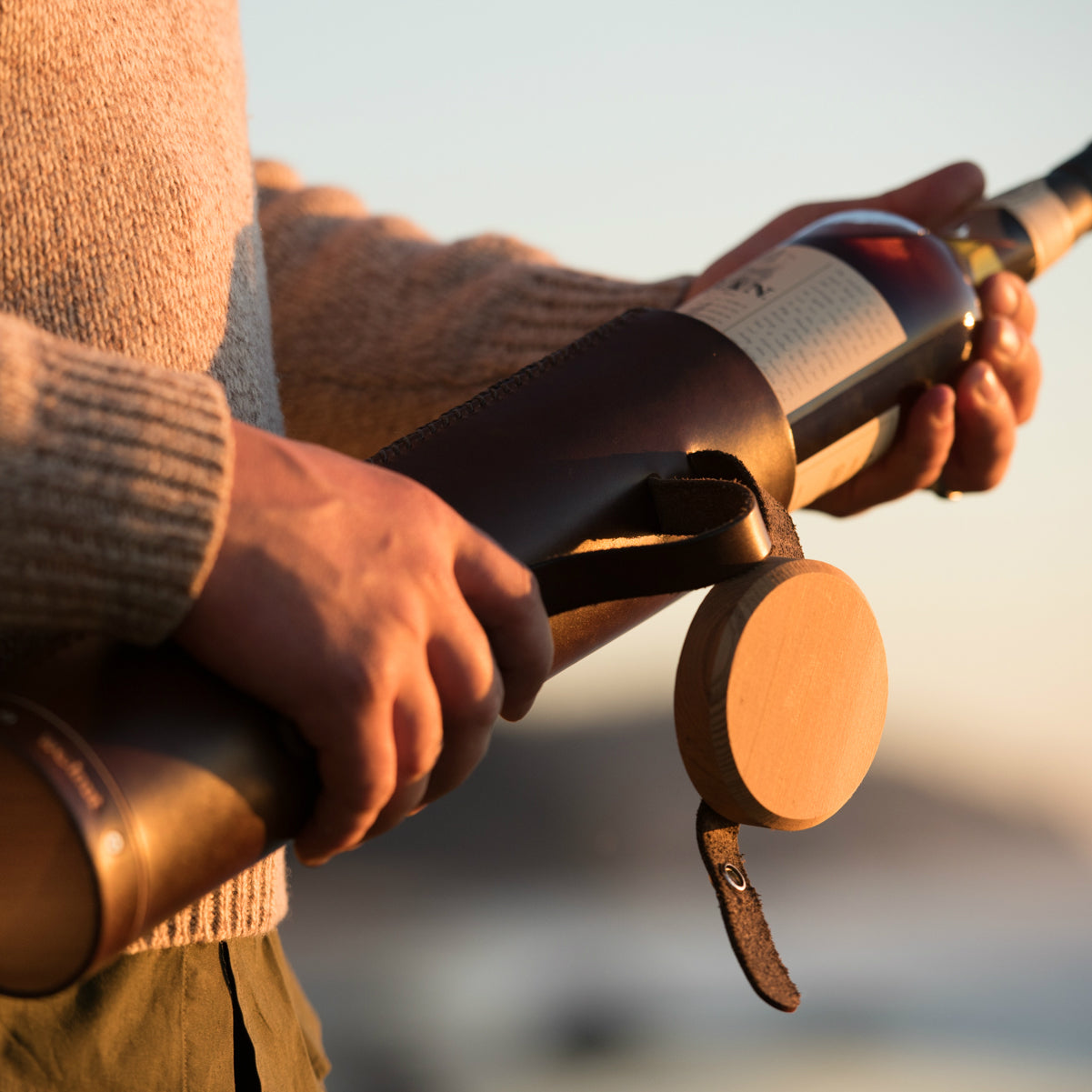
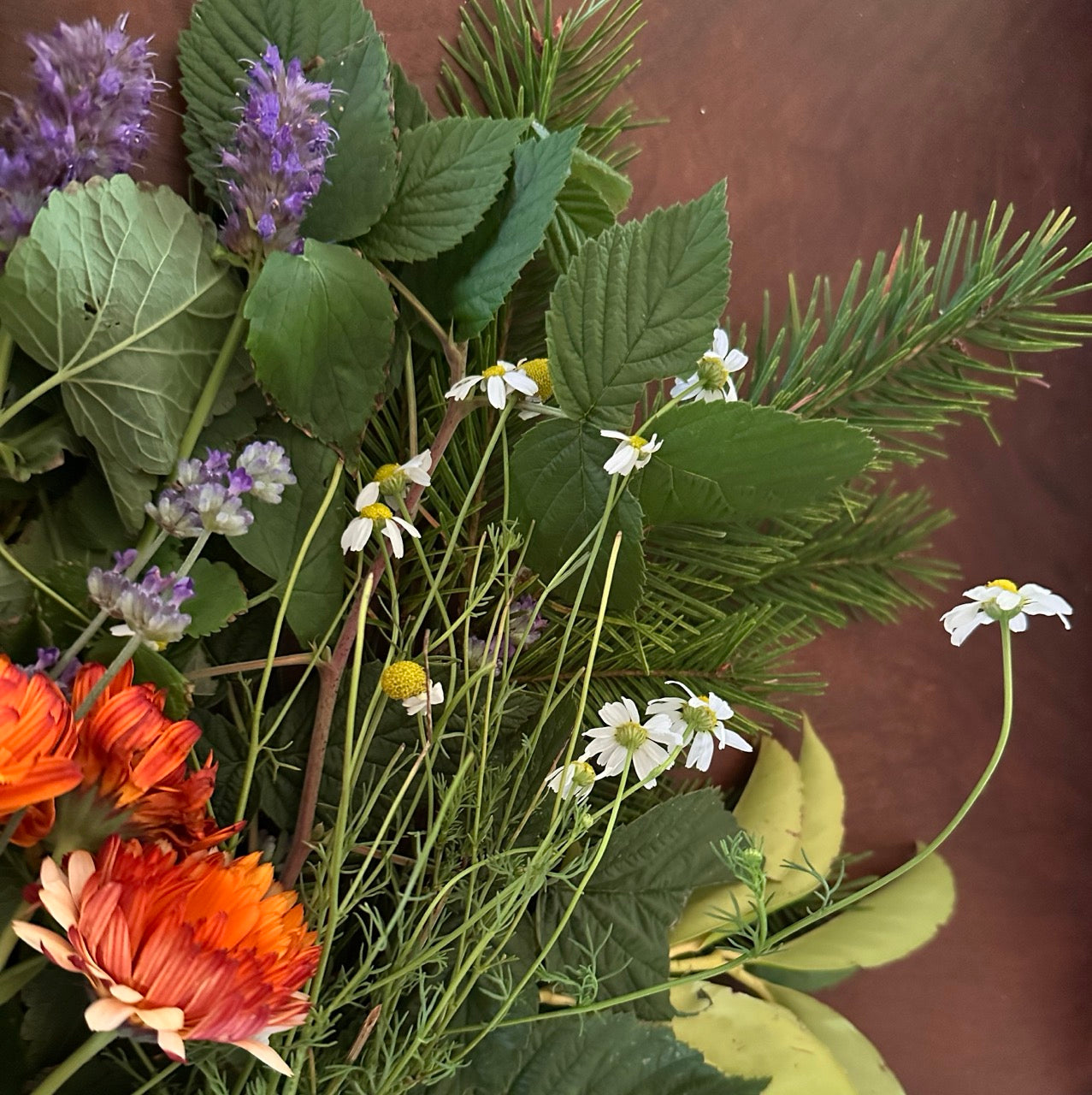
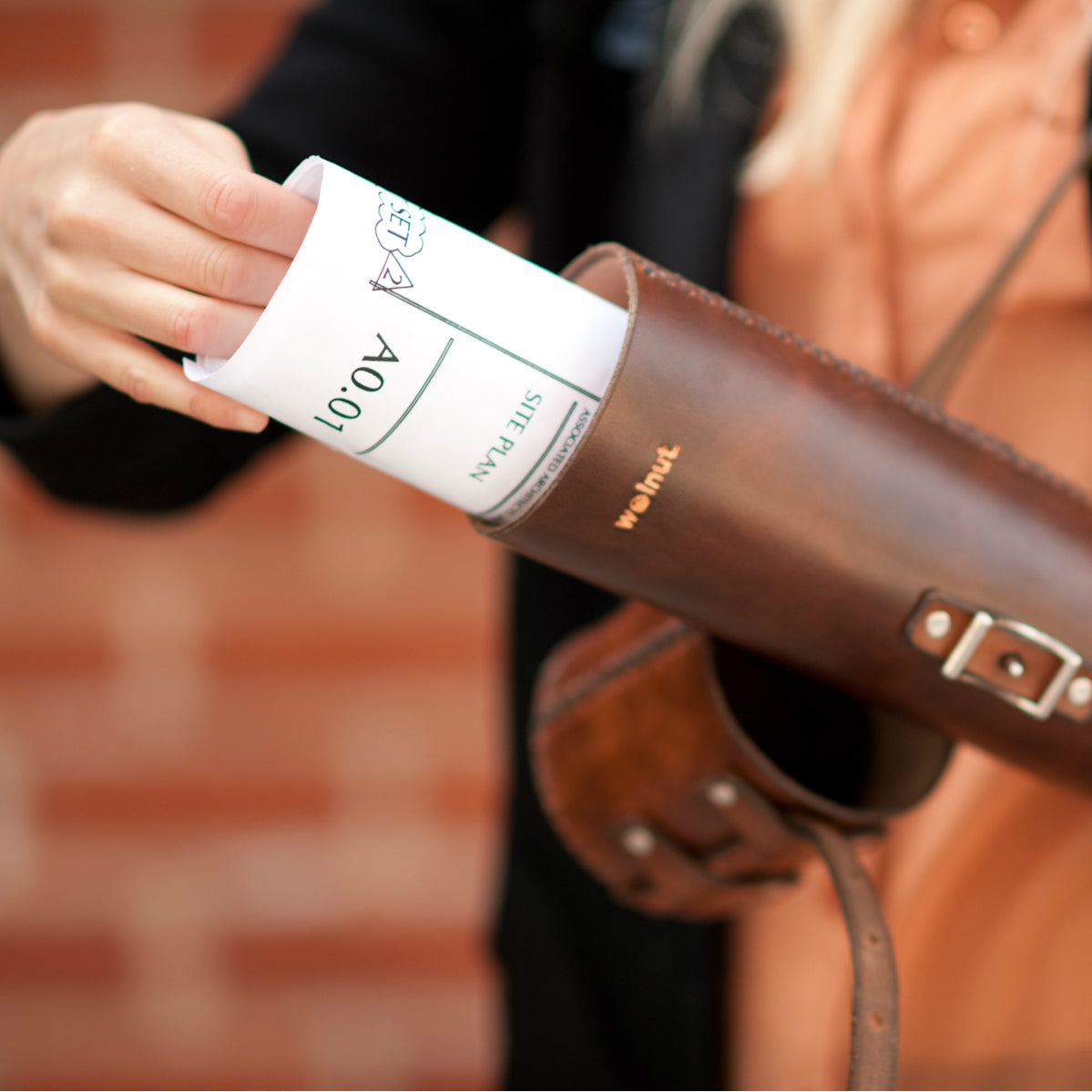
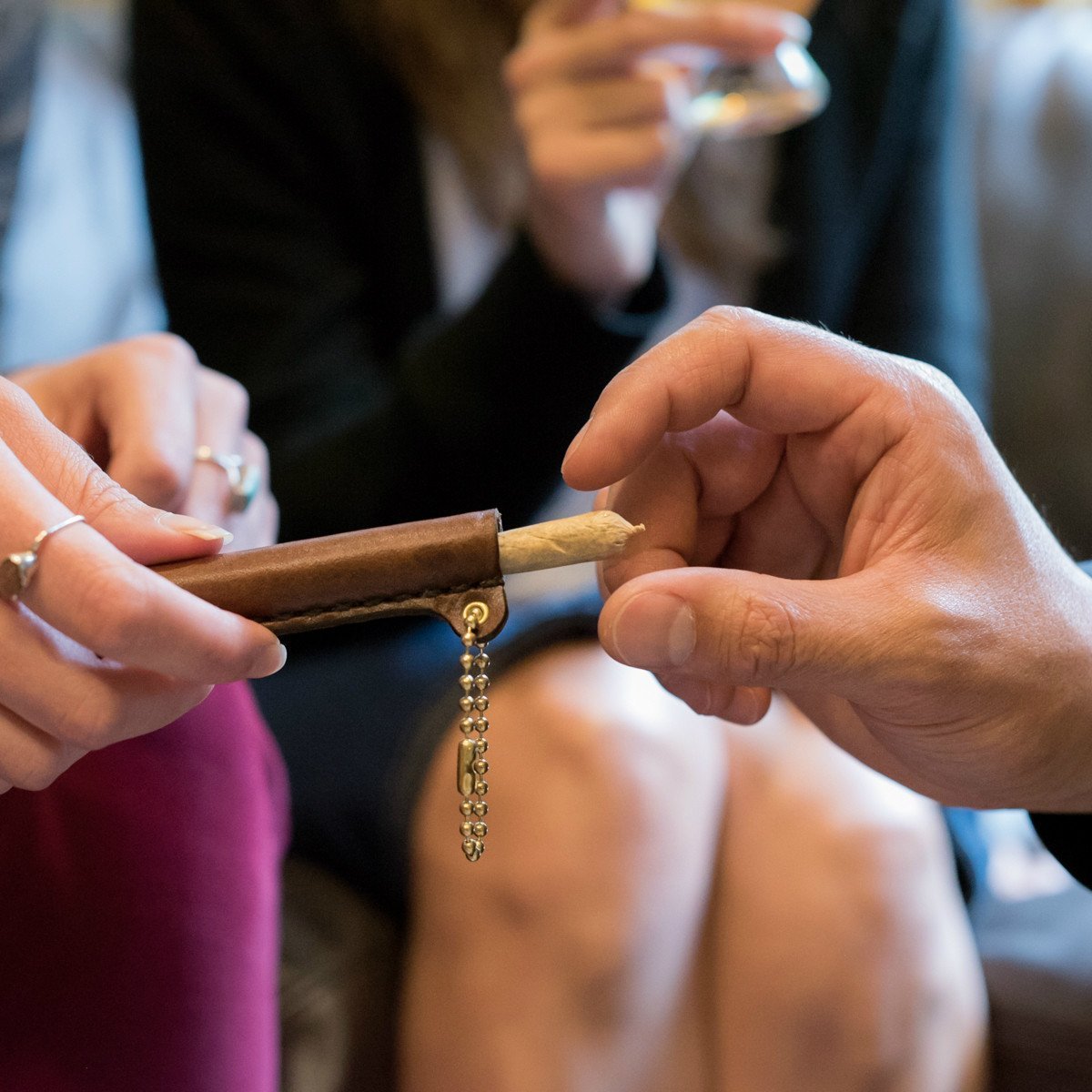
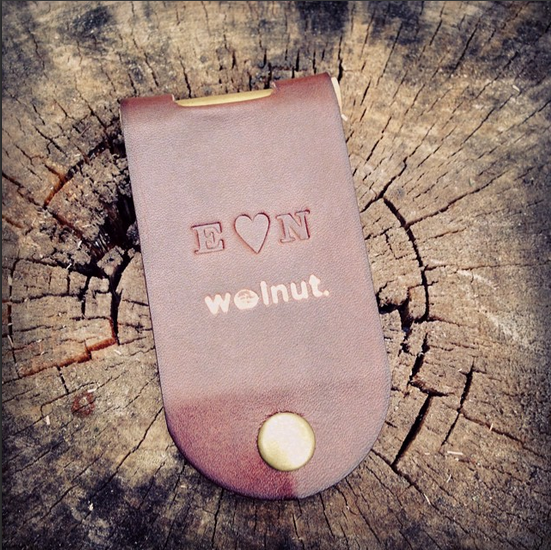
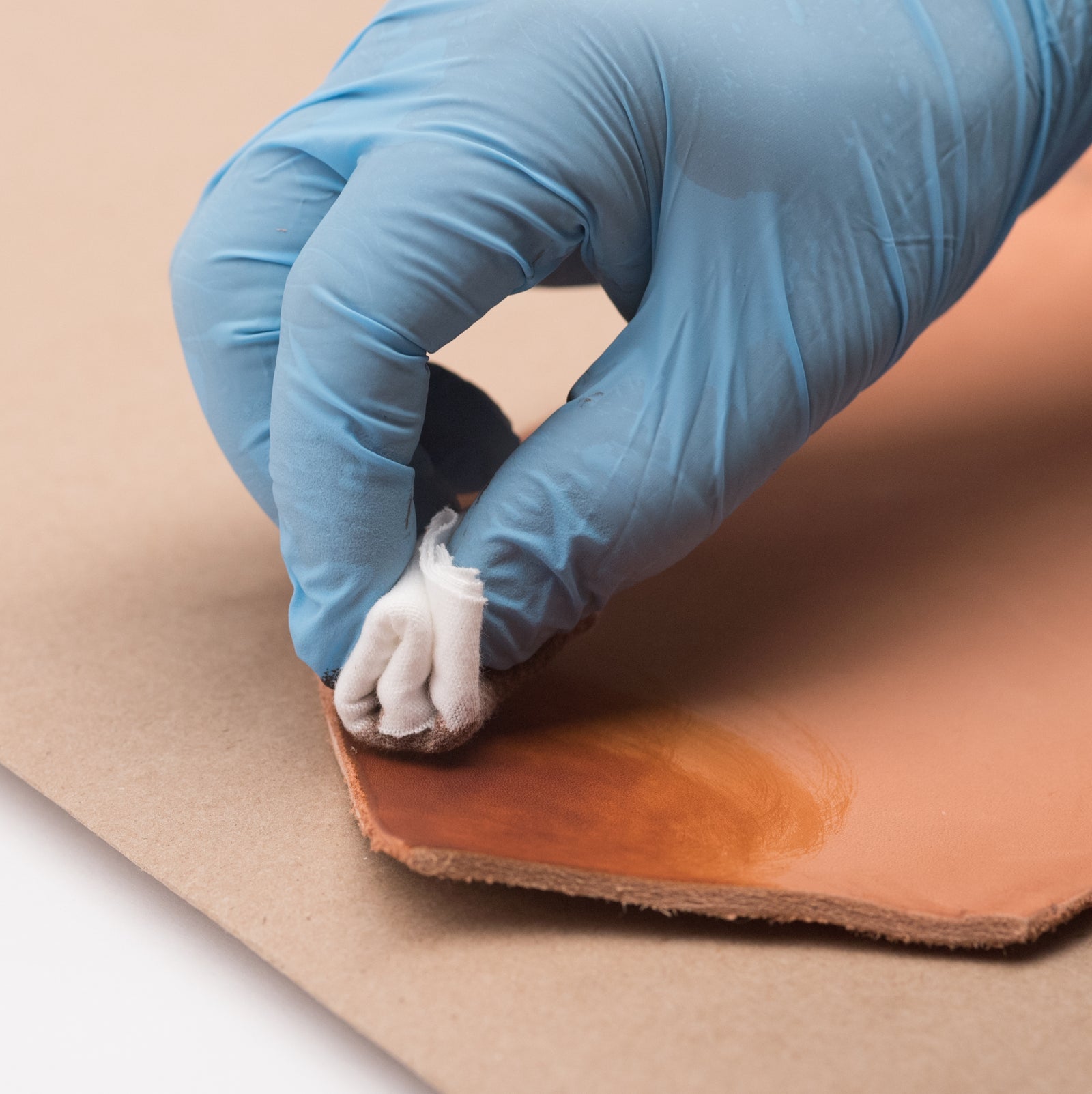

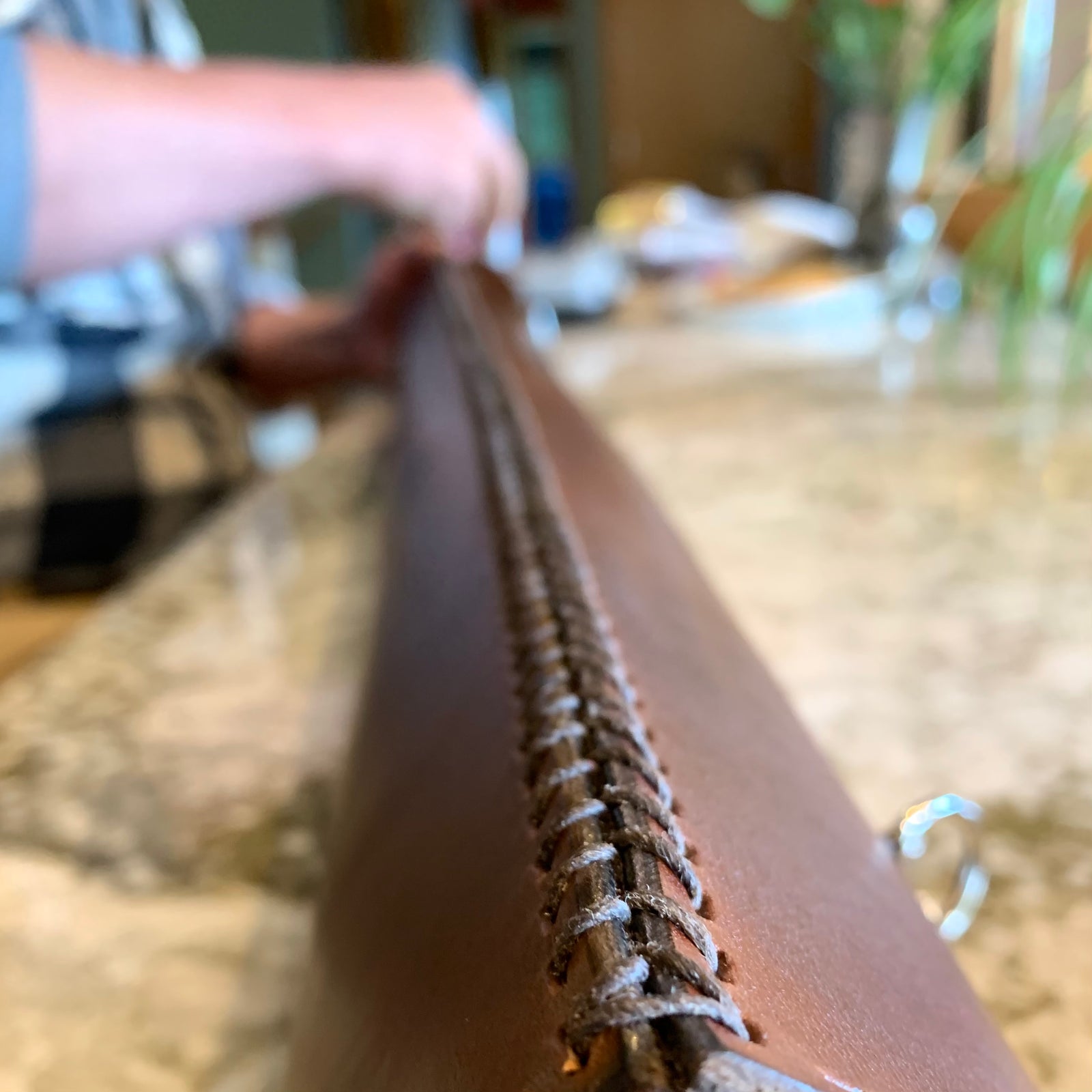
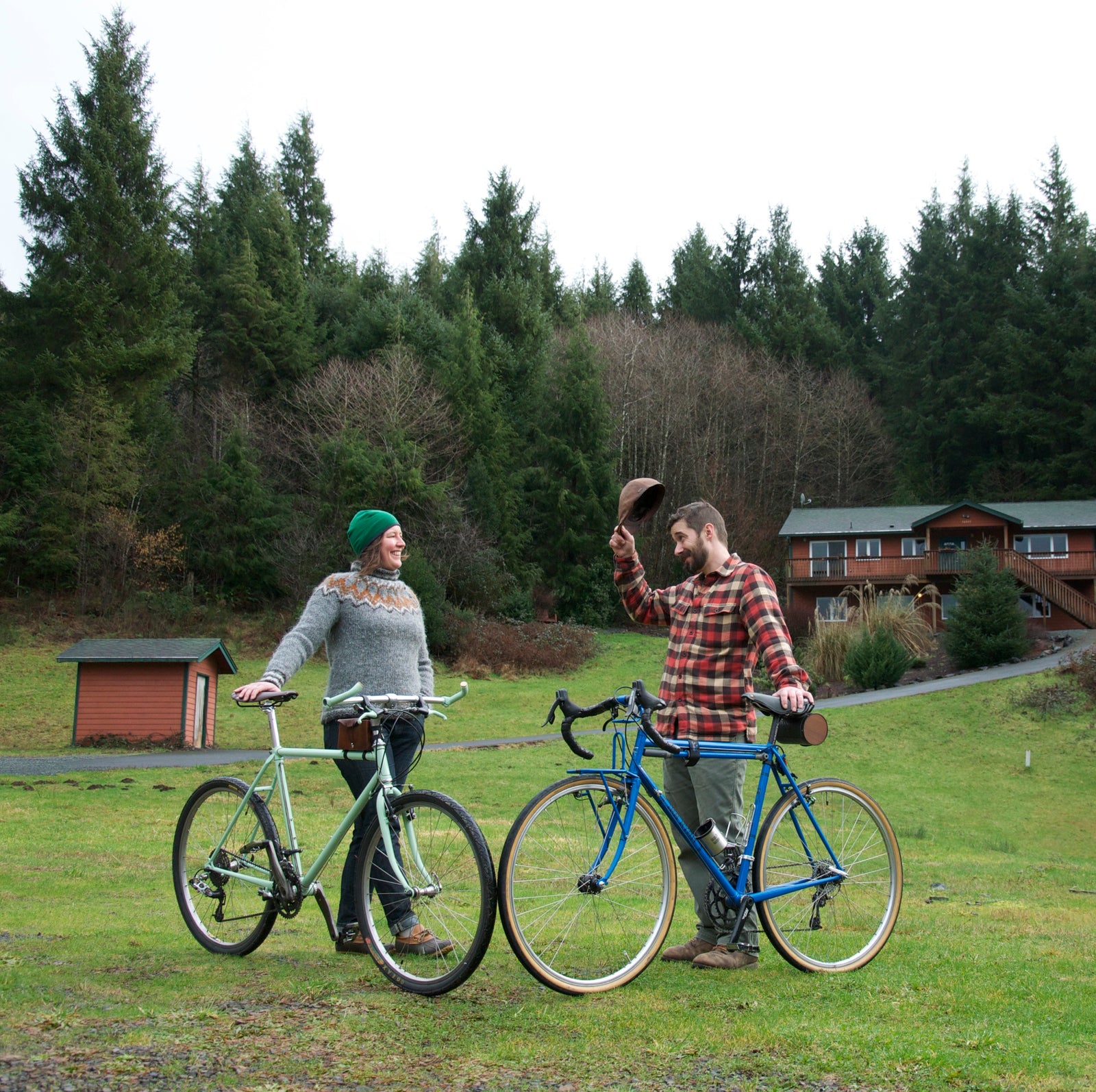
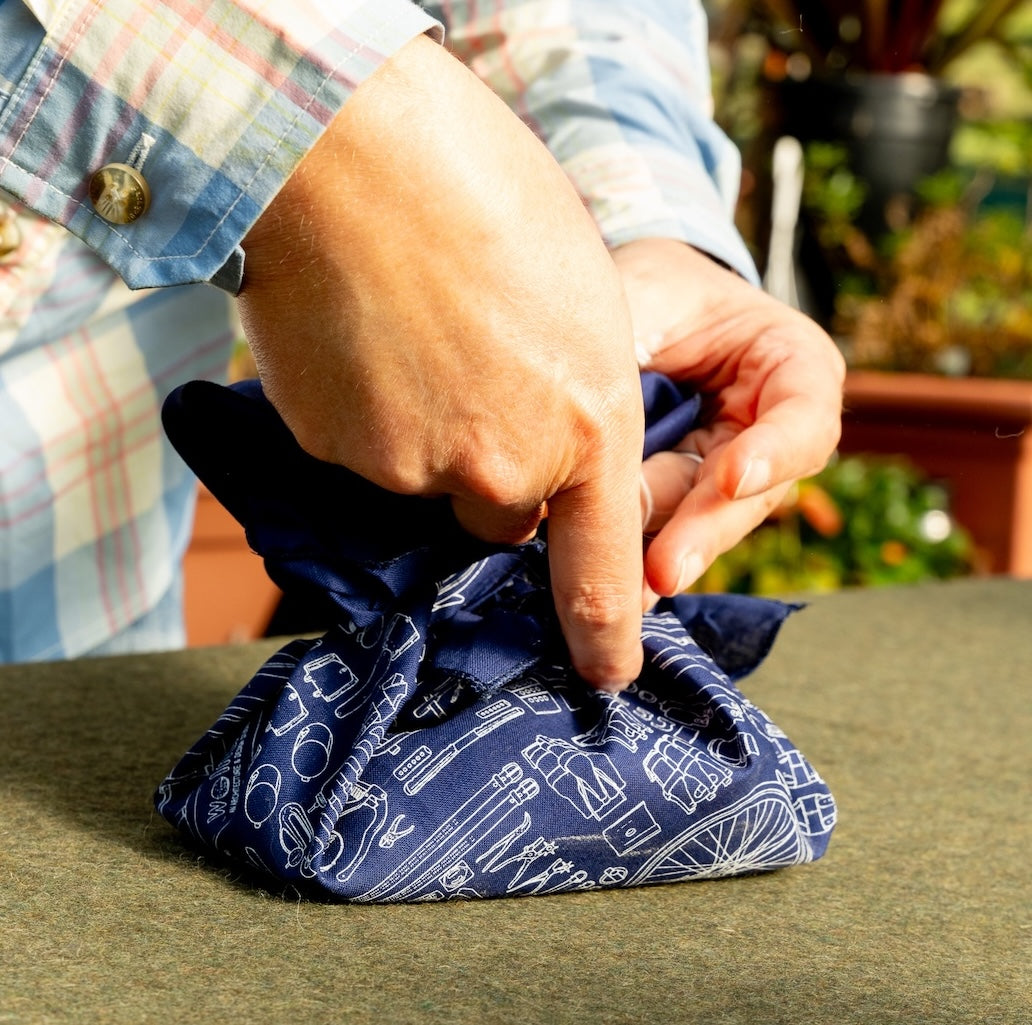









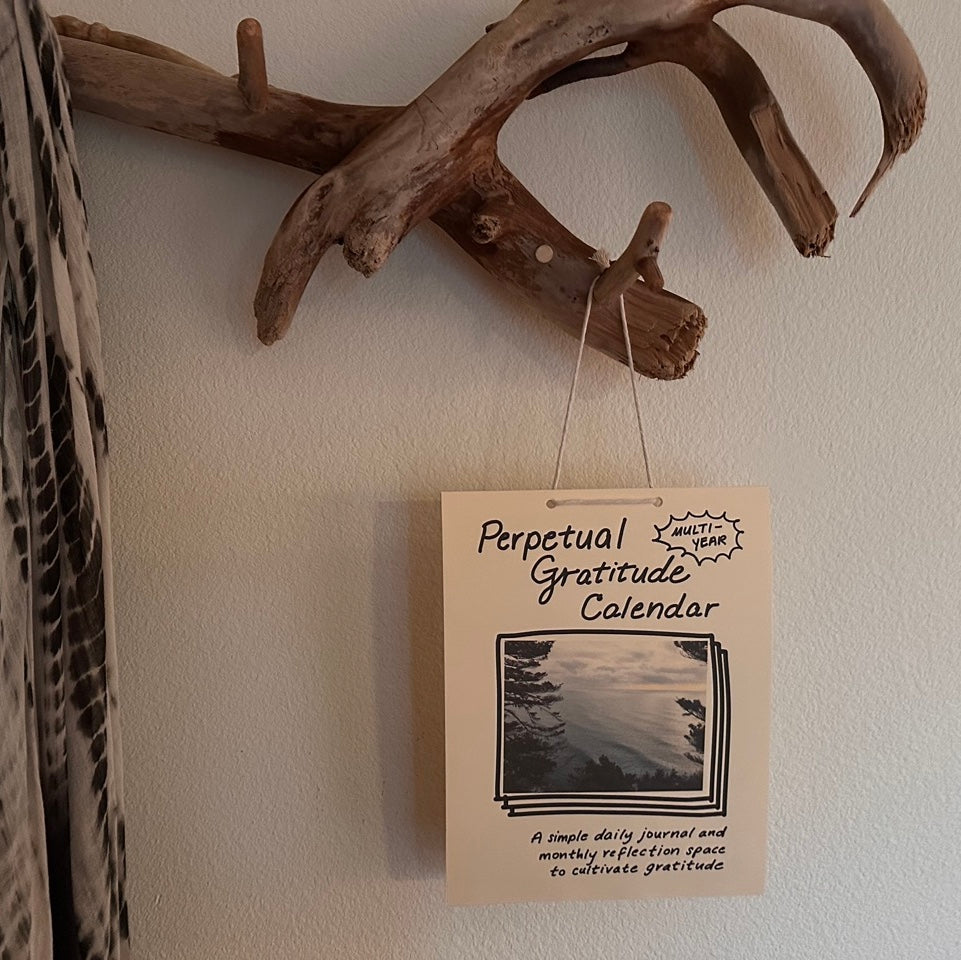
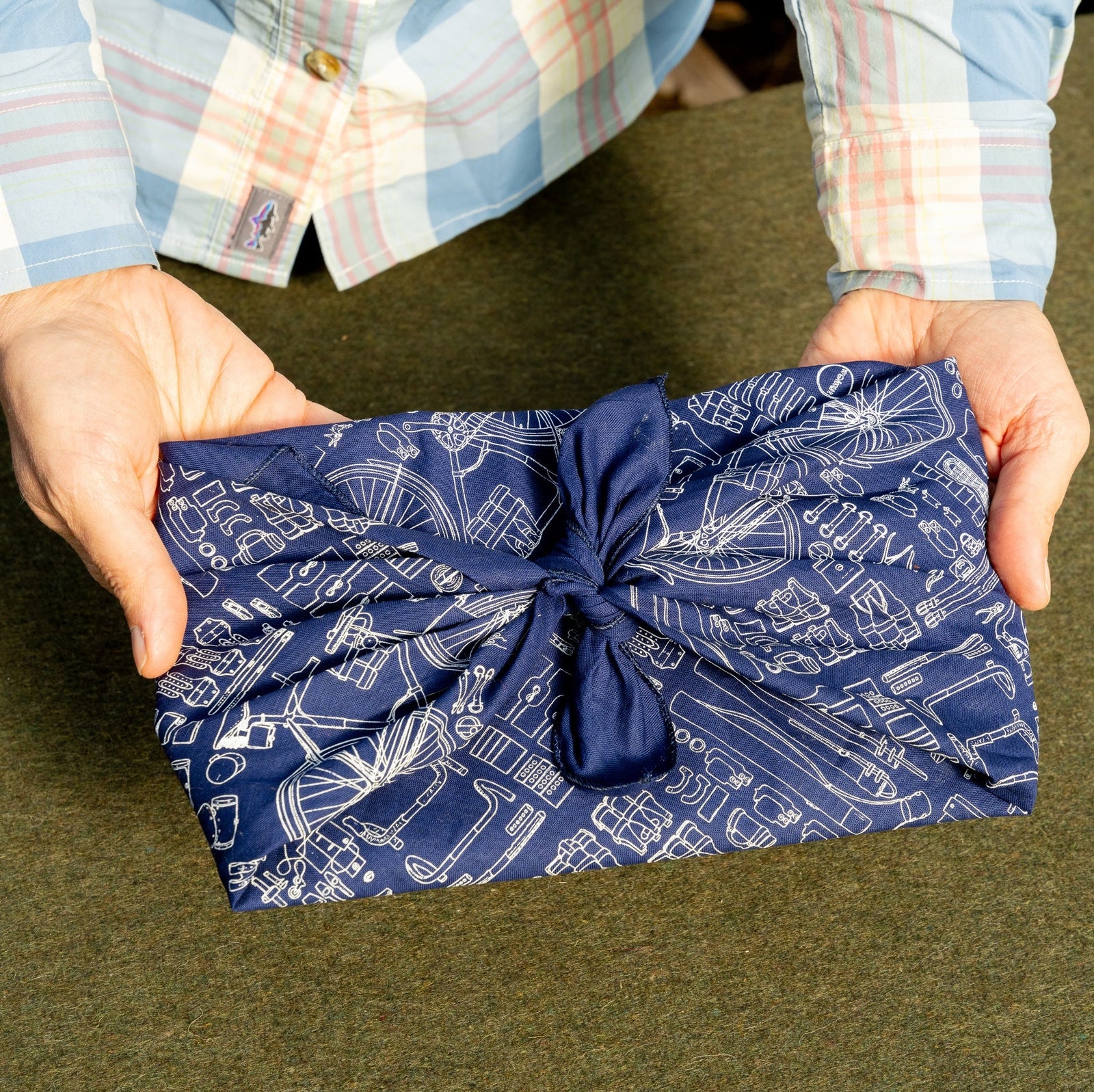

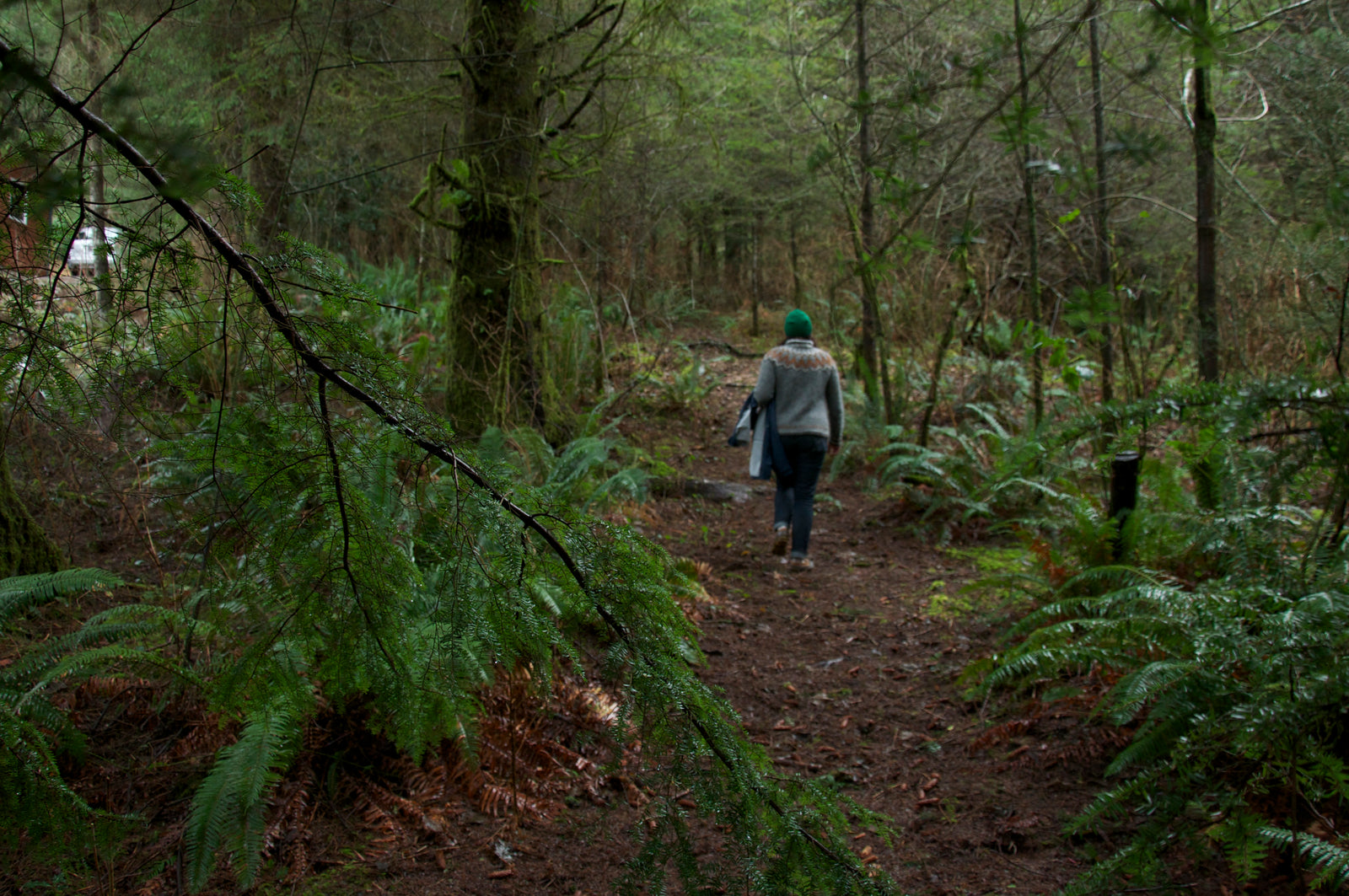
Joe Carey
July 11, 2023
I have an old Tandy handbag kit that I want to tool but the veg tanned leather stuck to the tracing film when wet and some of the finish came off of the leather. Will the conditioner fix this problem or do I need something else? I want to dye and antique it after it is tooled.